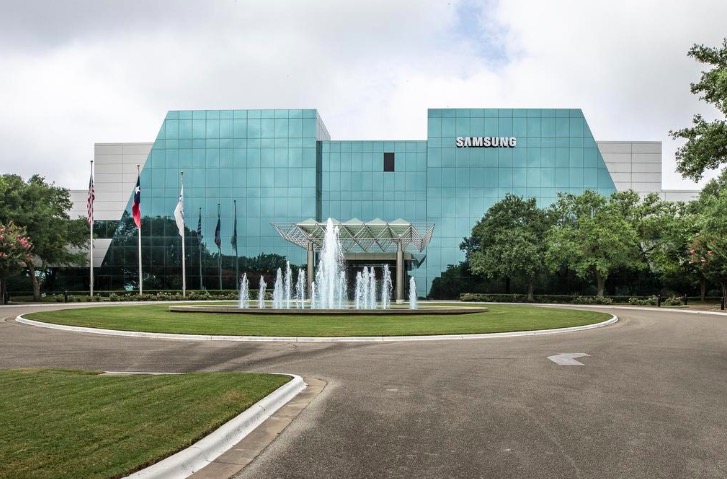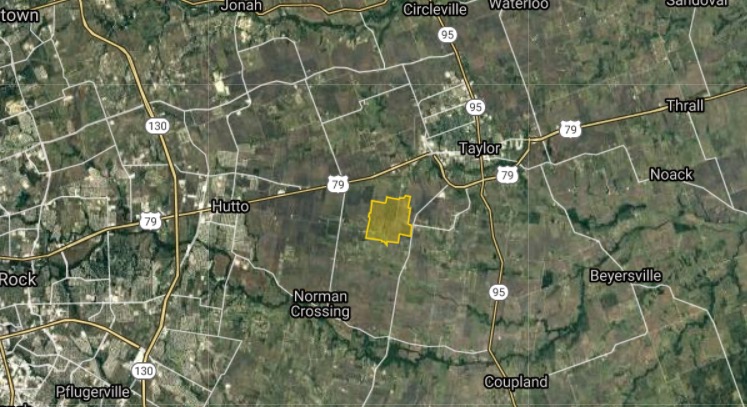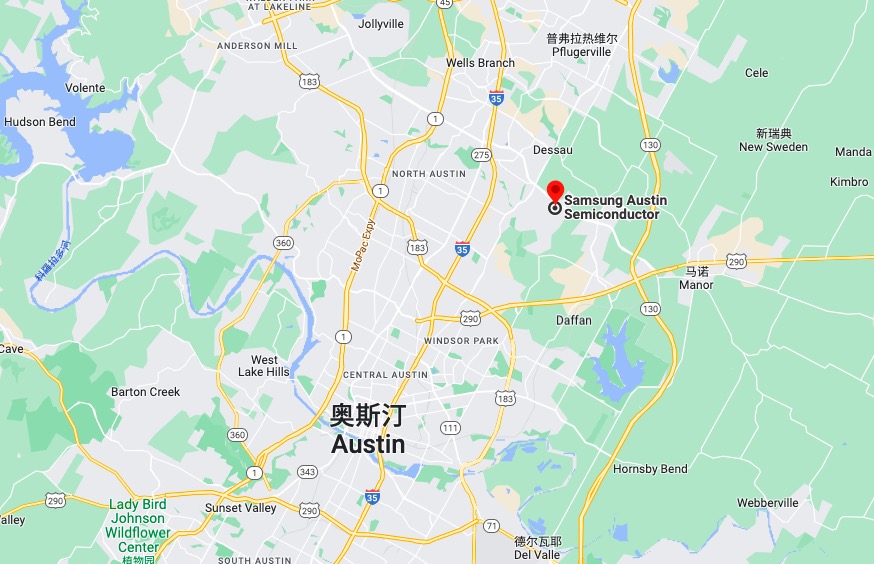Six months after announcing what was then billed as the largest direct foreign investment in Texas history, Samsung Electronics Co. Ltd. is laying the groundwork for more potential expansion in the Austin area.
The South Korean tech giant — which last year pledged to build a $17 billion next-generation fabrication plant in the small town of Taylor, and has had a presence in North Austin for decades — may build even more in Central Texas, possibly bringing billions more dollars and hundreds more jobs to the region.
That’s according to documents filed May 21 with both the Taylor and Manor school districts that indicate Samsung is seeking additional Chapter 313 incentives, which provide tax breaks to large factories. Trustees for each school district are scheduled to separately discuss the applications on May 24.
“While we do not have specific plans to build at this time, the Chapter 313 application process is part of our long-term planning to evaluate the viability of potentially building additional fabrication plants in the U.S.,” said Michele Glaze, director of communications at Samsung Austin Semiconductor LLC.
The meeting agendas posted over the weekend (go here for Taylor ISD, go here for Manor ISD) did not contain specifics on the scope of possible expansion. But both school boards will consider multiple agreements with Samsung Austin Semiconductor LLC, the company’s local subsidiary.

The locations of the potential expansions haven’t been disclosed but likely contenders seem to be the roughly 1,200 acres it had previously selected for its Taylor fab and its massive chipmaking campus off East Parmer Lane in Austin, which operates around the clock and is within the boundaries of the Manor school district.
The applications do not guarantee Samsung will move forward with either project. Before picking Taylor last year, the company spent months looking at sites in Austin, upstate New York and the Phoenix area.
There has also been general speculation that many businesses are rushing to meet a looming deadline in the Chapter 313 program, filing applications for projects that may be many years out.
But if the applications are approved, and the company does move forward, it would mark a significant boost to the local semiconductor industry — possibly even more so than when Samsung in November pledged to create the 6 million-square-foot facility in Taylor. That announcement, held at the governor’s mansion and seen as a “generational investment” in the sector, promised at least 2,000 direct jobs and about 6,500 construction jobs.
Taylor in January annexed more than 1,200 acres south of U.S. Route 79 for the Samsung plant.

It would also ensure Central Texas’ status on the cutting edge of semiconductor manufacturing at a time when the world is facing a shortage of chips used in everything from cars to home appliances to computers — and amid calls, especially in Austin, to boost their production in the United States. Austin-area officials have been attempting to make the region a premiere destination for chip companies, and have been lobbying federal legislators for aid in funding U.S. chip projects.
Expansion would also result in Samsung becoming an even more significant local employer. The company had about 3,200 employees in the Austin area in the first quarter.
Samsung Austin Semiconductor campus in North Austin.

Many semiconductor companies and suppliers already operate in Austin, and some are considering major expansions. That includes Applied Materials Inc. (Nasdaq: AMAT), Infineon Technologies AG and NXP Semiconductors NV (Nasdaq: NXPI), the former in Hutto and the latter two in Austin. Micron Technologies Inc. (Nasdaq: MU) is still rumored to be eyeing a massive project in Lockhart.
But there have been setbacks for the sector as well. Intel Corp. (Nasdaq: INTC) considered the Austin area for a factory before ultimately opting to build a $20 billion campus in Ohio. Toppan Photomasks Inc. recently had its incentives application denied for expansion in Round Rock.
The Article is from Austin Business Journal, copyright belongs to owner





